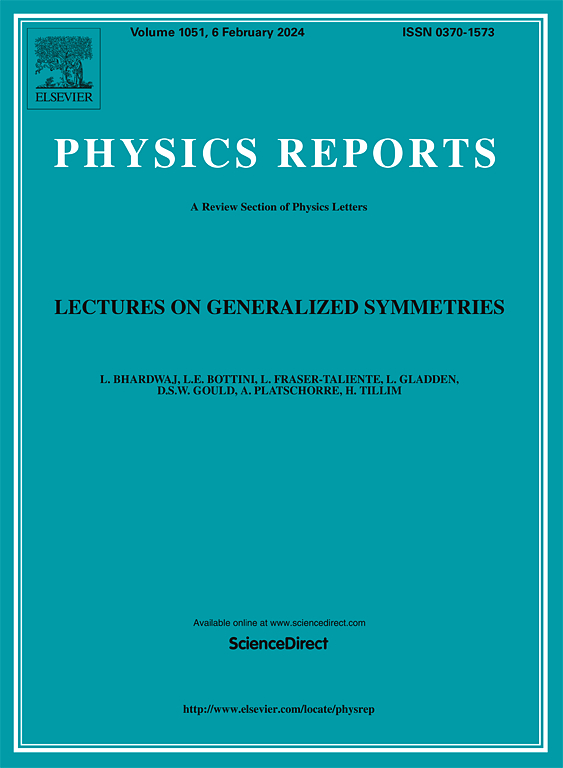铁磁材料中的超快退磁:起源与进展
IF 29.5
1区 物理与天体物理
Q1 PHYSICS, MULTIDISCIPLINARY
引用次数: 0
摘要
自 1996 年在镍薄膜中发现超快退磁以来,激光诱导的超快自旋动力学已成为磁学和自旋电子学领域的一个突出研究课题。这一发展为自旋电子学和磁存储技术的进步提供了新的可能性。这一课题吸引了大量研究人员,引发了一系列研究工作。人们提出了各种模型来阐明铁磁材料中激光诱导超快自旋动力学的物理过程。然而,在超快自旋动力学领域,这些过程在不同材料系统中的潜在起源以及这些不同起源的真正贡献仍具有挑战性。在这篇综述中,我们首先介绍了激光诱导超快自旋动力学中使用的不同实验方法。然后,我们系统地探讨了磁化前驱过程,并介绍了铁磁材料中的七个超快退磁模型。随后,我们讨论了四种超快去磁起源(包括自旋翻转、自旋输运、非热电子分布和激光诱导晶格应变)的物理过程和研究现状。由于阿秒激光技术和反铁磁材料在超高频自旋电子学中具有广阔的应用前景,我们肯定了使用阿秒脉冲的新兴研究和反铁磁体中的超快自旋动力学研究,并指出了这些新兴领域需要解决的重大挑战。本文章由计算机程序翻译,如有差异,请以英文原文为准。
Ultrafast demagnetization in ferromagnetic materials: Origins and progress
Since the discovery of ultrafast demagnetization in Ni thin films in 1996, laser-induced ultrafast spin dynamics have become a prominent research topic in the field of magnetism and spintronics. This development offers new possibilities for the advancement of spintronics and magnetic storage technology. The subject has drawn a substantial number of researchers, leading to a series of research endeavors. Various models have been proposed to elucidate the physical processes underlying laser-induced ultrafast spin dynamics in ferromagnetic materials. However, the potential origins of these processes across different material systems and the true contributions of these different origins remain challenging in the realm of ultrafast spin dynamics. This predicament also hinders the development of spintronic terahertz emitters.
In this review, we initially introduce the different experimental methods used in laser-induced ultrafast spin dynamics. We then systematically explore the magnetization precession process and present seven models of ultrafast demagnetization in ferromagnetic materials. Subsequently, we discuss the physical processes and research status of four ultrafast demagnetization origins (including spin-flipping, spin transport, non-thermal electronic distribution, and laser-induced lattice strain). Since attosecond laser technique and antiferromagnetic materials exhibit promising applications in ultrahigh-frequency spintronics, we acknowledge the emerging studies used by attosecond pulses and studies on ultrafast spin dynamics in antiferromagnets, noting the significant challenges that need to be addressed in these burgeoning field.
求助全文
通过发布文献求助,成功后即可免费获取论文全文。
去求助
来源期刊

Physics Reports
物理-物理:综合
CiteScore
56.10
自引率
0.70%
发文量
102
审稿时长
9.1 weeks
期刊介绍:
Physics Reports keeps the active physicist up-to-date on developments in a wide range of topics by publishing timely reviews which are more extensive than just literature surveys but normally less than a full monograph. Each report deals with one specific subject and is generally published in a separate volume. These reviews are specialist in nature but contain enough introductory material to make the main points intelligible to a non-specialist. The reader will not only be able to distinguish important developments and trends in physics but will also find a sufficient number of references to the original literature.
 求助内容:
求助内容: 应助结果提醒方式:
应助结果提醒方式:


